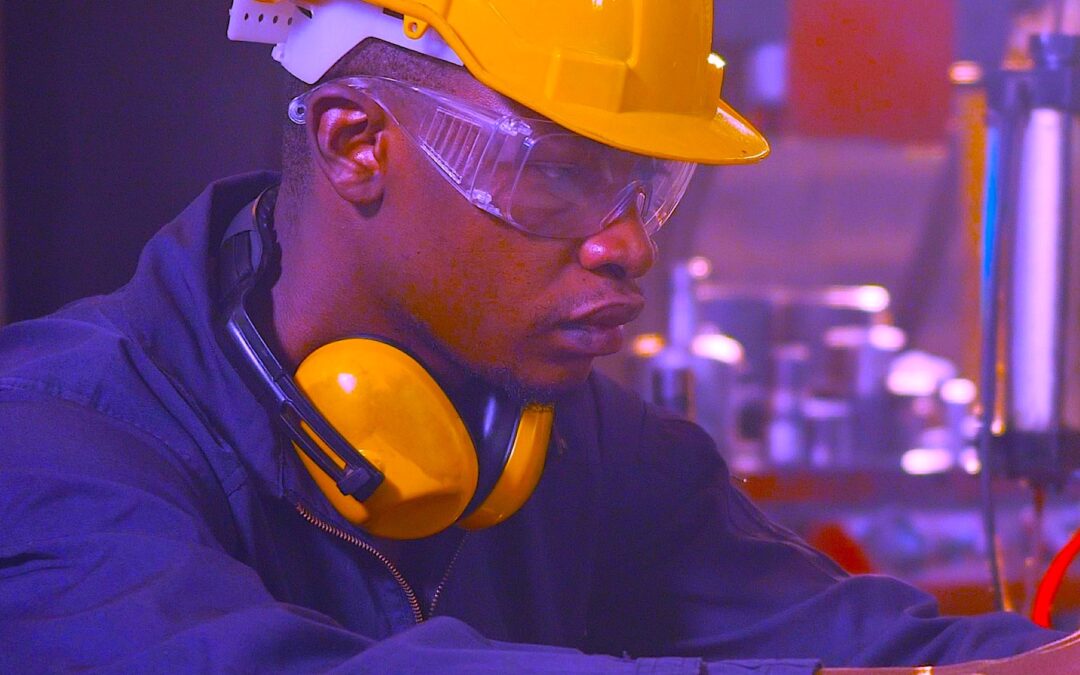Developing maintenance training needn’t be complicated. It can be straightforward when focused on specific outcomes. Training alone, though, doesn’t make a person proficient in performing newly learned tasks on the job. The critical (often overlooked) step after training is formal “qualification” to perform the tasks learned in training. This is the opportunity to demonstrate task proficiency. Here’s a quick-start guide to setting up training and qualification on specific equipment.
FIRST: Start with the job-description statement. Generally, these statements are broadly worded, sometimes outdated, generic paragraphs covering all the responsibilities of the job from a human resources or labor relations perspective. This usually isn’t detailed enough for training and qualification, however. The following statement was taken from a current job description for a public-works technician.
Job-description statement: “Operates a variety of light, medium and heavy equipment such as dump trucks, backhoes, front end loaders, tampers, trenchers, power saws, weed eaters, Vac-Tron, jetter, and other related equipment. Knowledge of tools, materials, and equipment used in public works and utility construction and maintenance work.”
SECOND: Identify specific job performance requirements targeted for training. In this case the town’s public-works department has purchased a new “brush truck” and is preparing to train the crew.
THIRD: Discuss specifics of the job with an experienced brush-truck operator to document what a qualified operator must know and be able to do to properly operate the brush truck. It’s best to start with a detailed description similar to following narrative.
Description of tasks and critical steps (narrative): “A brush truck operator is required to drive the truck equipped with a loading boom, clamshell bucket, and dump box to the side of the street where brush has been piled. Operational safety includes being aware of surroundings (traffic, pedestrians, low-hanging tree limbs, power lines, etc.). Prestart checks include walk-around inspection of tires, outrigger positions, anything hanging out of the dump box, secure dump box latches, and the position of the boom over the box.”
“Starting steps include battery disconnect switch in ON position, check glow plugs light, start diesel engine, warm-up for two (2) minutes, observe self-check system panel for error messages. Running inspection includes bleed water from air tank, check alcohol-dryer reservoir, and verify all lights work.”
“Operating controls on the loading platform: Kill switch ON/OFF position, outriggers position (2 levers), boom and knuckle boom (5 levers), bucket rotate (1 lever), box dump (1 lever).”
“Loading brush: Position truck within reach of brush piles, start the PTO (hydraulic pump) inside the truck cab, set outriggers, set safety cones in street in front and behind truck, operate bucket to grab and load brush into dump box, adjust PTO speed. Position boom in marked position in dump box, retract outriggers, move safety cones into truck.”
“Dumping the load of brush: Dump load on level ground only, unlatch box doors, raise boom above box, dump box of brush.”
“Parking the brush-truck overnight: Turn the battery disconnect to the OFF position.”
The resulting nearly 240 words represent the basic job-performance requirements for operating the brush truck. The next step is to format this detailed job-description narrative into a duty-task list with action verbs sufficient for skills training and performance demonstration. Then, add any specific safety notes, work instructions, tools, and materials needed. Formatting the duty-task list and how to train using the four-step method of training will be the subject of my next article: “Develop A Skills Training & Qualification Checklist.”TRR
ABOUT THE AUTHOR
Bob Williamson is a long-time contributor to the people-side of the world-class-maintenance and manufacturing body of knowledge across dozens of industry types. His background in maintenance, machine and tool design, and teaching has positioned his work with over 500 companies and plants, facilities, and equipment-oriented organizations. Contact him directly at 512-800-6031 or bwilliamson@theramreview.com.
Tags: reliability, availability, maintenance, RAM, workforce issues, training and qualification, skills development



